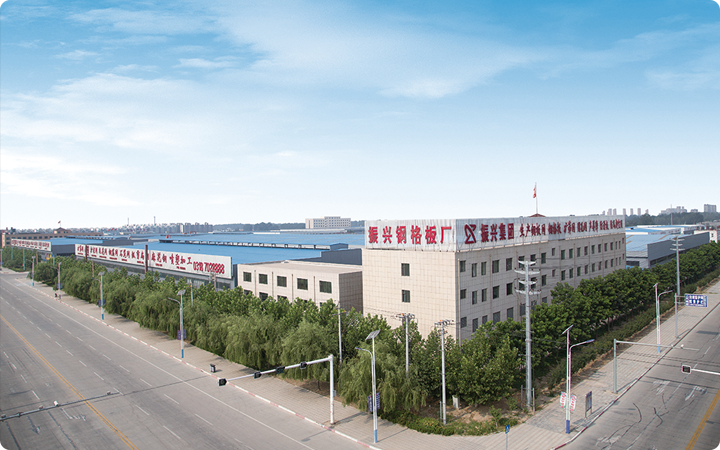The Role and Importance of Highway Sound Barriers
Highway sound barriers are structures specifically designed to mitigate noise pollution generated by traffic, particularly on busy roads and highways. As urban areas expand and vehicle use increases, the issue of noise pollution has become a significant concern for both residents and city planners. Sound barriers serve as a critical solution to preserve the quality of life for those living in proximity to these thoroughfares.
Understanding Sound Barriers
Sound barriers, often referred to as noise barriers, are constructed from various materials such as concrete, metal, wood, and earth mounds. Their primary function is to intercept sound waves generated by vehicles, effectively reducing the noise that reaches nearby residential, commercial, and recreational areas. The height, length, and material of these barriers are meticulously engineered, taking into account factors such as the volume of traffic, speed limits, and the surrounding environment.
Why Are They Necessary?
The growing awareness of the negative impacts of noise pollution has led to an increased demand for sound barriers. Continuous exposure to high levels of noise can lead to various health issues, including stress, sleep disturbances, and cardiovascular problems. Furthermore, noise can diminish property values and disrupt community cohesion. By reducing the decibel levels of traffic noise, sound barriers play a pivotal role in creating a calmer living environment.
Design and Aesthetics
highway sound barrier

While the primary function of highway sound barriers is to minimize noise, aesthetic considerations are also important. Many urban planners and engineers are now integrating design elements that allow sound barriers to blend seamlessly into the landscape. This has led to the use of textured surfaces, colors that match the surroundings, and even artistic designs that enhance the visual appeal of these structures. Some barriers are even planted with vegetation, providing additional environmental benefits such as improved air quality and enhanced wildlife habitats.
Environmental Impact
Highway sound barriers can also have a positive environmental impact. By reducing noise pollution, they encourage the preservation of green spaces and promote the use of wildlife corridors. In addition, many modern sound barriers are designed with sustainability in mind. Some are made from recycled materials, while others incorporate solar panels for energy generation, demonstrating the potential for innovative approaches in urban infrastructure.
Limitations and Challenges
Despite their benefits, highway sound barriers do have limitations. They may not eliminate noise entirely but rather reduce it to safer levels. Moreover, constructing these barriers can be costly, often requiring significant investment from government budgets. Additionally, in certain geographical contexts, such as hilly or uneven terrains, the effectiveness of sound barriers can be compromised, necessitating alternative noise mitigation strategies.
Conclusion
Highway sound barriers represent a vital component of modern urban infrastructure. They not only help alleviate noise pollution, enhancing the quality of life for nearby residents but also contribute to environmental sustainability and aesthetic improvement in urban planning. As societal awareness of noise pollution and its effects continues to grow, the importance of these structures will likely increase, leading to further innovations in design and function. By investing in better sound management solutions, communities can move towards a more harmonious coexistence with the bustling highways that support contemporary life.
-
Why Galvanized Trench Cover Steel Grating Resists Corrosion
NewsJul.10,2025
-
The Versatility and Strength of Stainless Expanded Metal Mesh
NewsJul.10,2025
-
Load Calculations in Steel Grating Platforms
NewsJul.10,2025
-
Keeping Pets and Kids Safe with Chicken Wire Deck Railing
NewsJul.10,2025
-
Hole Diameter and Pitch for Round Perforated Metal Sheets
NewsJul.10,2025
-
Aluminium Diamond Mesh in Modern Architecture
NewsJul.10,2025
Subscribe now!
Stay up to date with the latest on Fry Steeland industry news.

